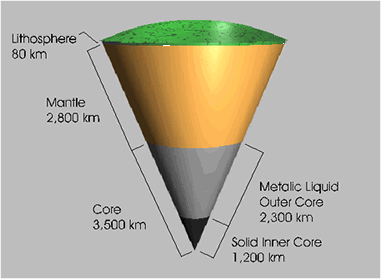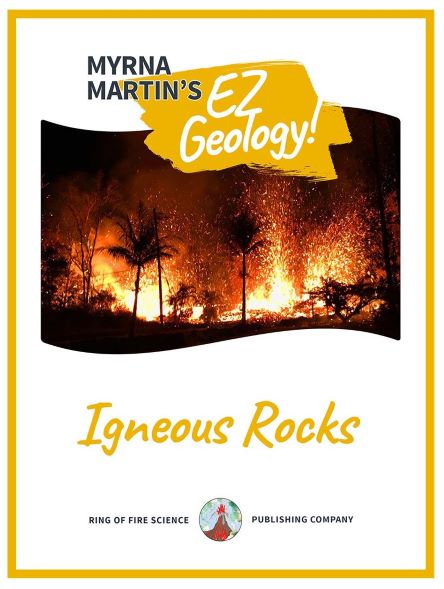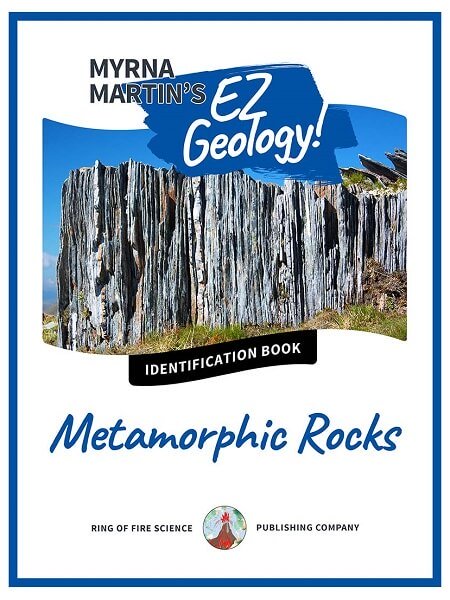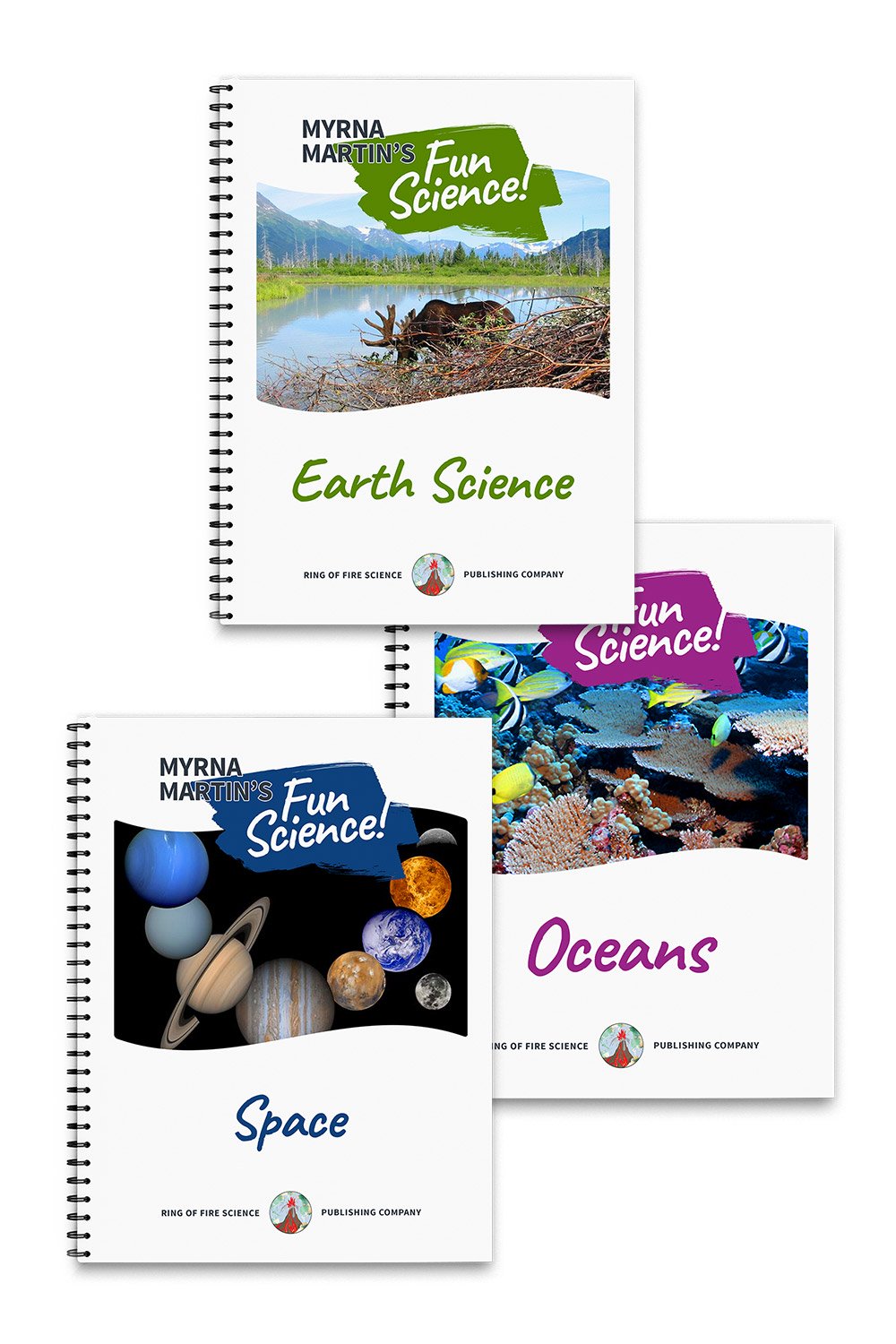Earths Core
Inner & Outer Cores
The Earths core and the structure of the Earth cannot be studied directly because of the pressure and heat inside our planet. Instead, scientists study the Earth using seismic waves generated by earthquakes. They study the speed earthquakes move through different densities of rock. Further information is derived from when changes in density deflect the seismic waves in the Earths core.

The Earths outer core was discovered by Beno Gutenberg in 1913. Today the boundary between the mantle and the outer core is known as the Gutenberg discontinuity. The area lies about 2890 km (1800 mi) beneath our feet. He was studying seismic waves traveling through the earth using seismographs stationed around the planet.
He discovered that s waves which are known as shear waves stopped 2890 km inside the Earth. S waves are shear waves that only travel through solids. He inferred from this data that Earths core was liquid and must lie in the center of the Earth. Follow-up investigations by other scientists have proven this to be true.
The inner core was discovered by Inge Lehmann studying great earthquakes in her native Denmark. A large earthquake in New Zealand occurred in 1929. She discovered that some seismographs had recorded a few p waves from the earthquake that seemed to have traveled part way through the Earth's core and then were deflected.
Inge Lehmann continued to study earthquake wave patterns and presented her scientific paper on her theory of the Earth's inner core in 1936. It was not until 1970 when extremely sensitive instruments were able to confirm her hypothesis. The inner core is generally believed to be a compound of iron with some nickel. Some scientists have speculated the core is like a giant iron crystal. On august 30, 2011 Professor Kei Hirose at the Tokyo Institute of Technology was able to recreate conditions similar to the Earth's inner core.
Professor Hirose used diamond tips in a vise to hold an iron nickel alloy while is heated the metal up with a laser to 4000 Kelvins. His research suggests the inner core is like a long crystal running north to south.
The liquid outer core is thought to create Earth's magnetic field through convection currents and the Coriolis effect. The magnetic field is 50 times stronger in the outer core than on the surface of the Earth. Scientists believe the solid inner core stabilizes the magnetic field produced in the outer core.
More Facts About Earth Links
KIDS FUN SCIENCE BOOKSTORE
 |
 |
Check out Myrna Martin's award winning textbooks, e-books, videos and rock sets. The Kids Fun Science Bookstore covers a wide range of earth science topics. Click here to browse.
Sign up to our monthly newsletter and receive our FREE eBook containing 3 fun activities that don’t appear in any of our other books!
The Kids Fun Science monthly newsletter will include the following: current events, weird and fantastic facts, a question of the month, science trivia and the latest new content from our website.
We respect your privacy and you can be assured that we will never share your email address or use it for any other purpose than to send you our newsletter.






